HRM 3 Report: Performance Measurement System at University
VerifiedAdded on 2022/12/03
|6
|916
|351
Report
AI Summary
This report provides an overview of performance management systems in Human Resource Management (HRM). It begins by highlighting the importance of performance management in understanding a company's success and failure, emphasizing its role in setting objectives and goals. The report then delves into four key criteria for measuring performance: the balanced scorecard, productive measurement and evaluation systems, quality measure performance, and the 360 approach. It details each method's application and benefits, such as identifying areas for improvement and measuring employee engagement. Furthermore, the report addresses the challenges faced by both raters (appraisers) and ratees (employees) within performance management systems, including appraiser inexperience, employee resistance, bias, assumptions, and the impact of recent events. The report concludes by providing a comprehensive analysis of these factors and their implications for effective performance management, supported by relevant academic references.
1 out of 6
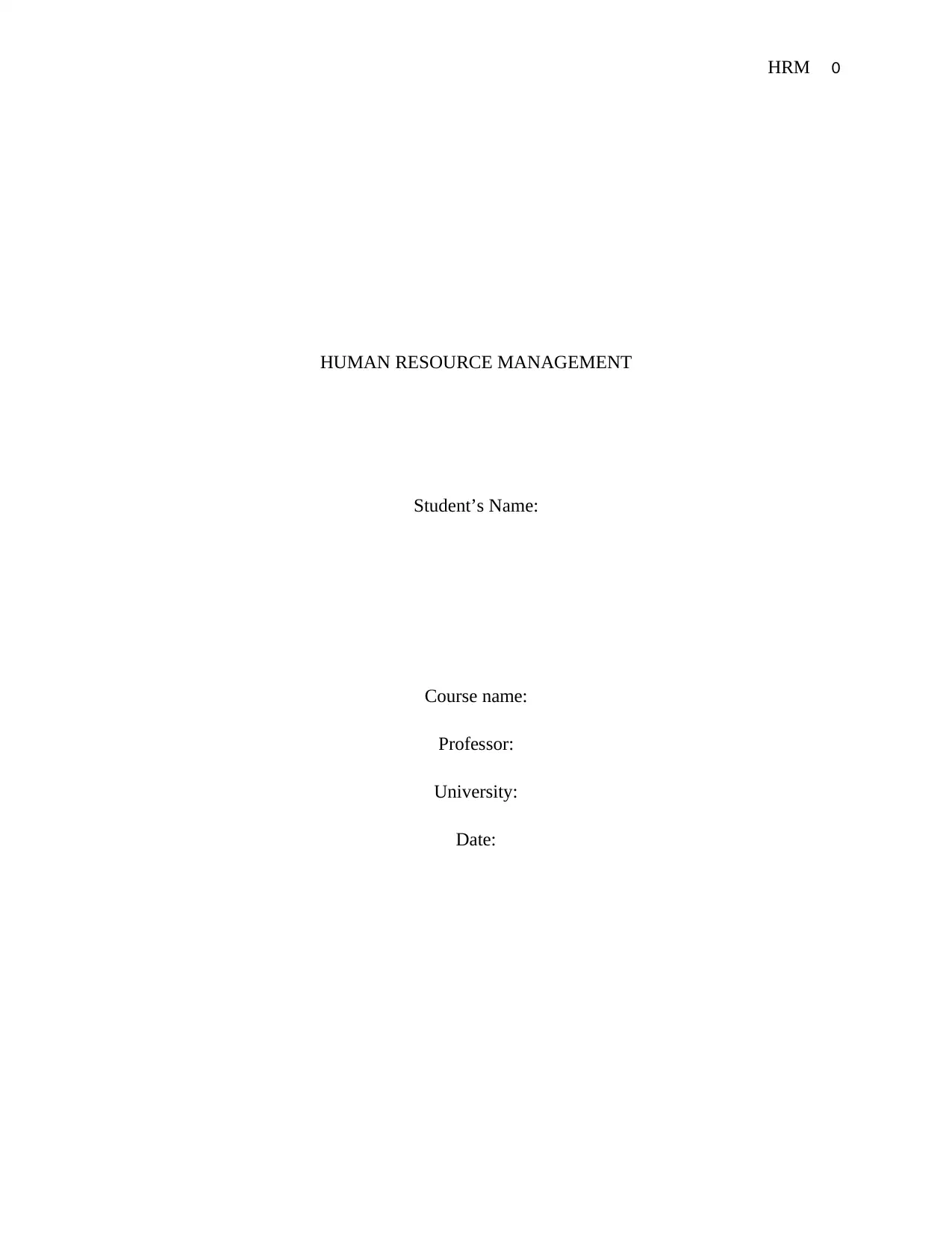
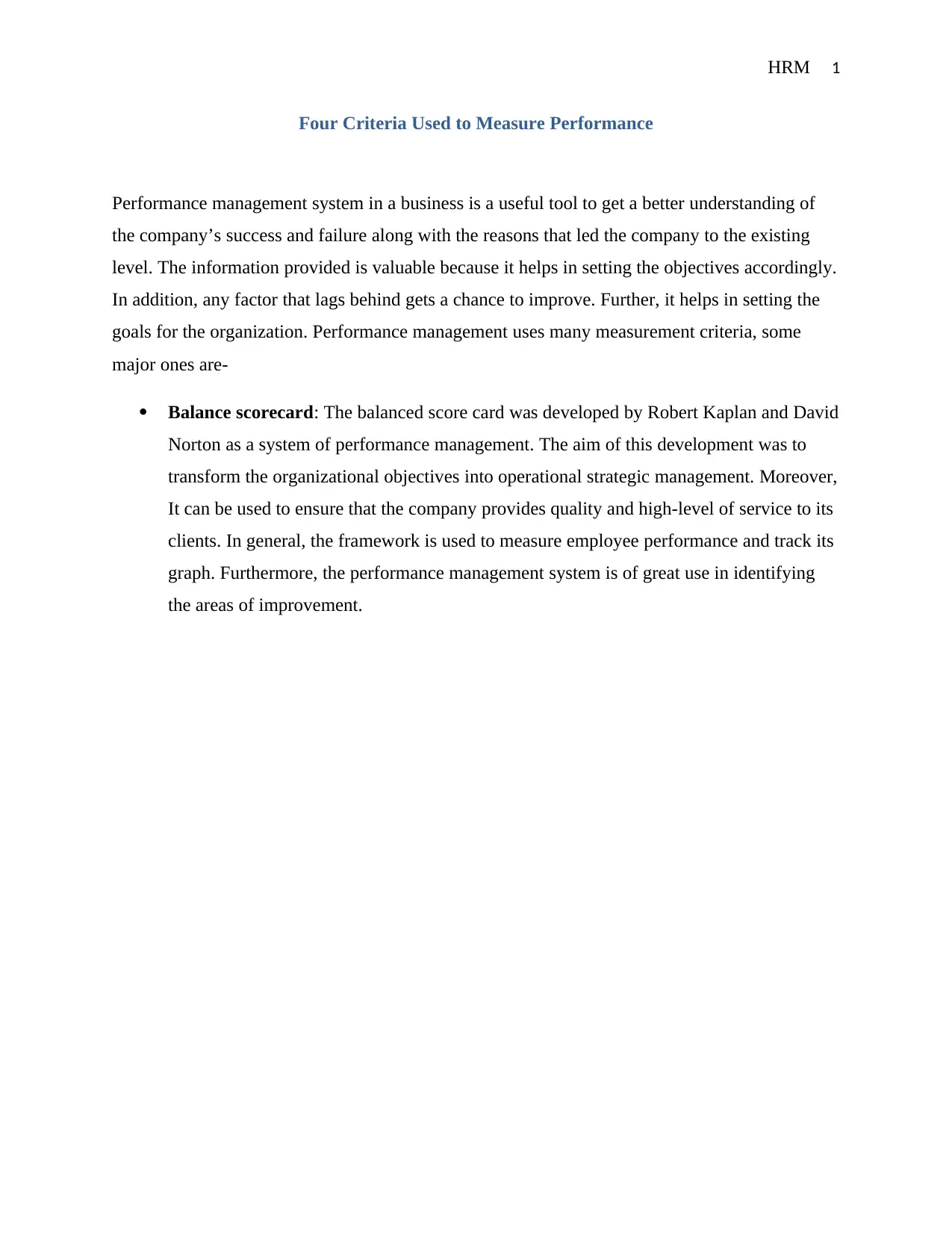
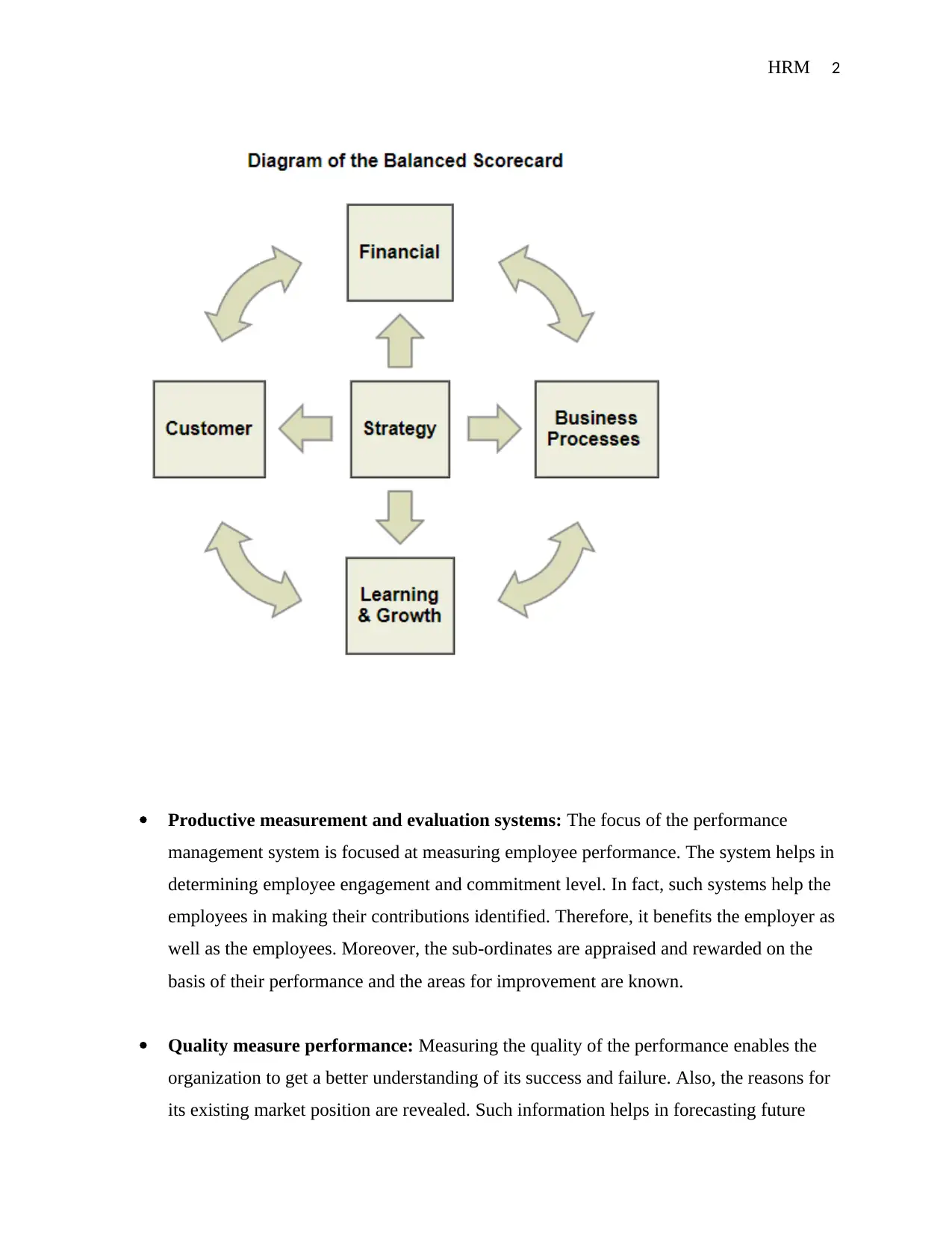

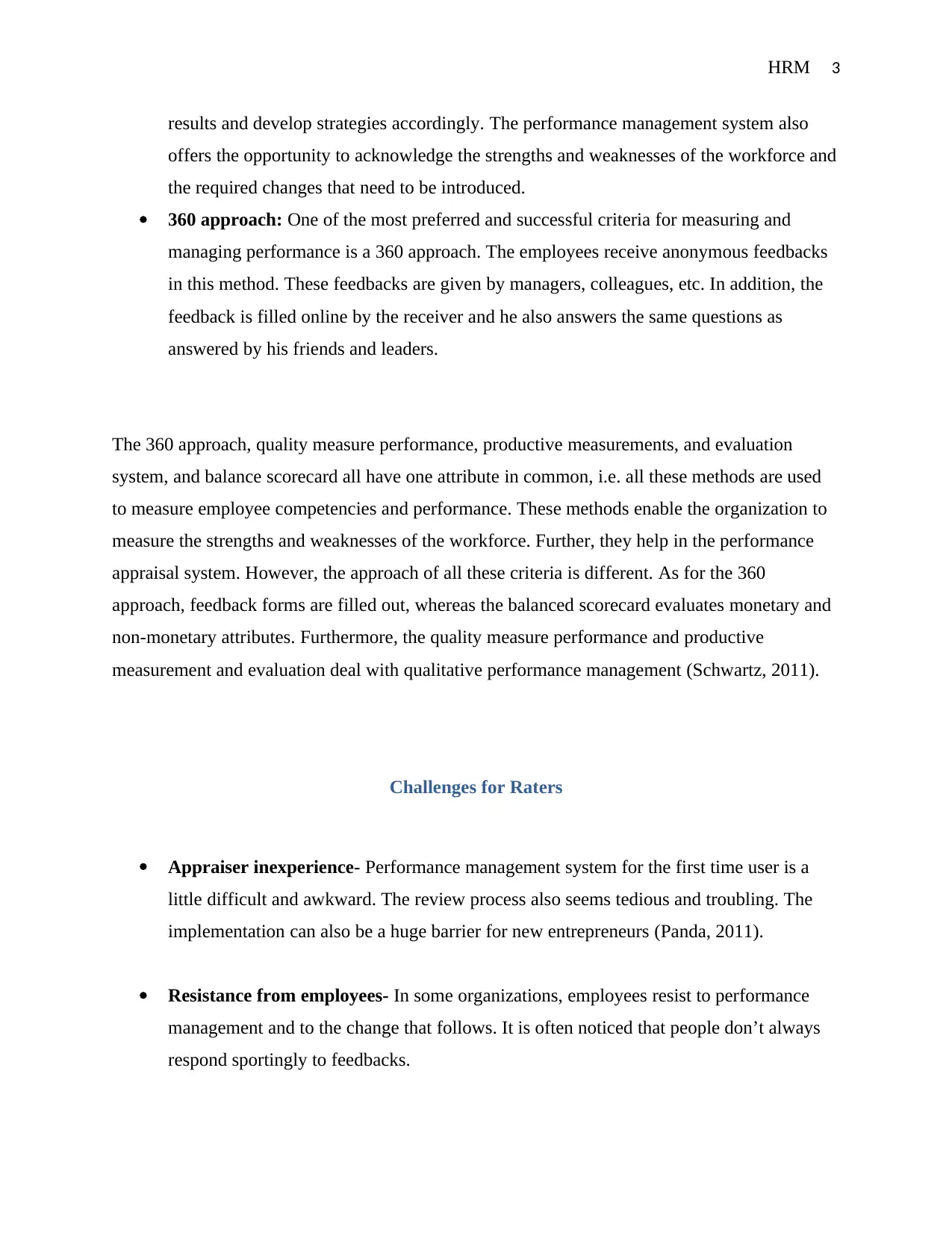
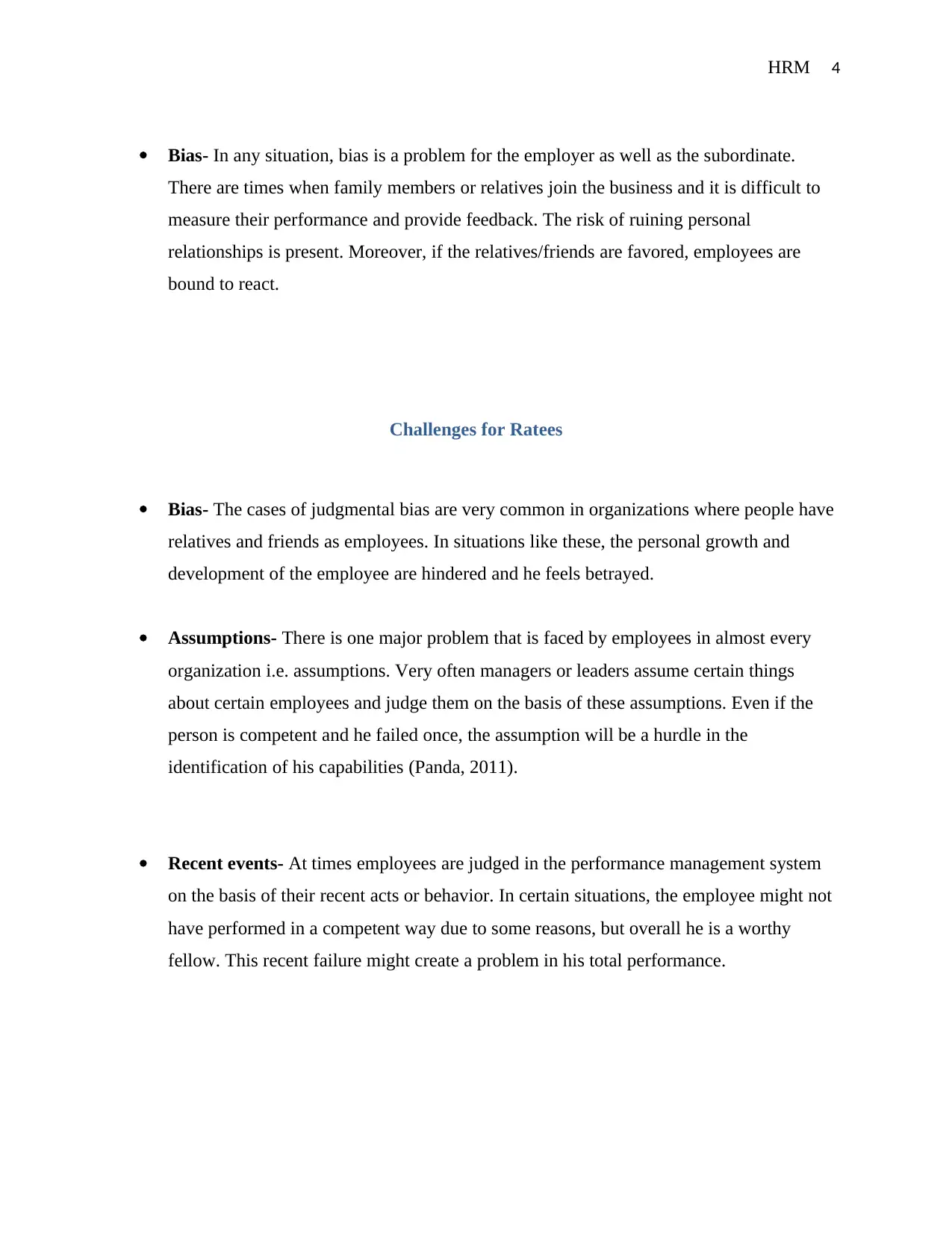
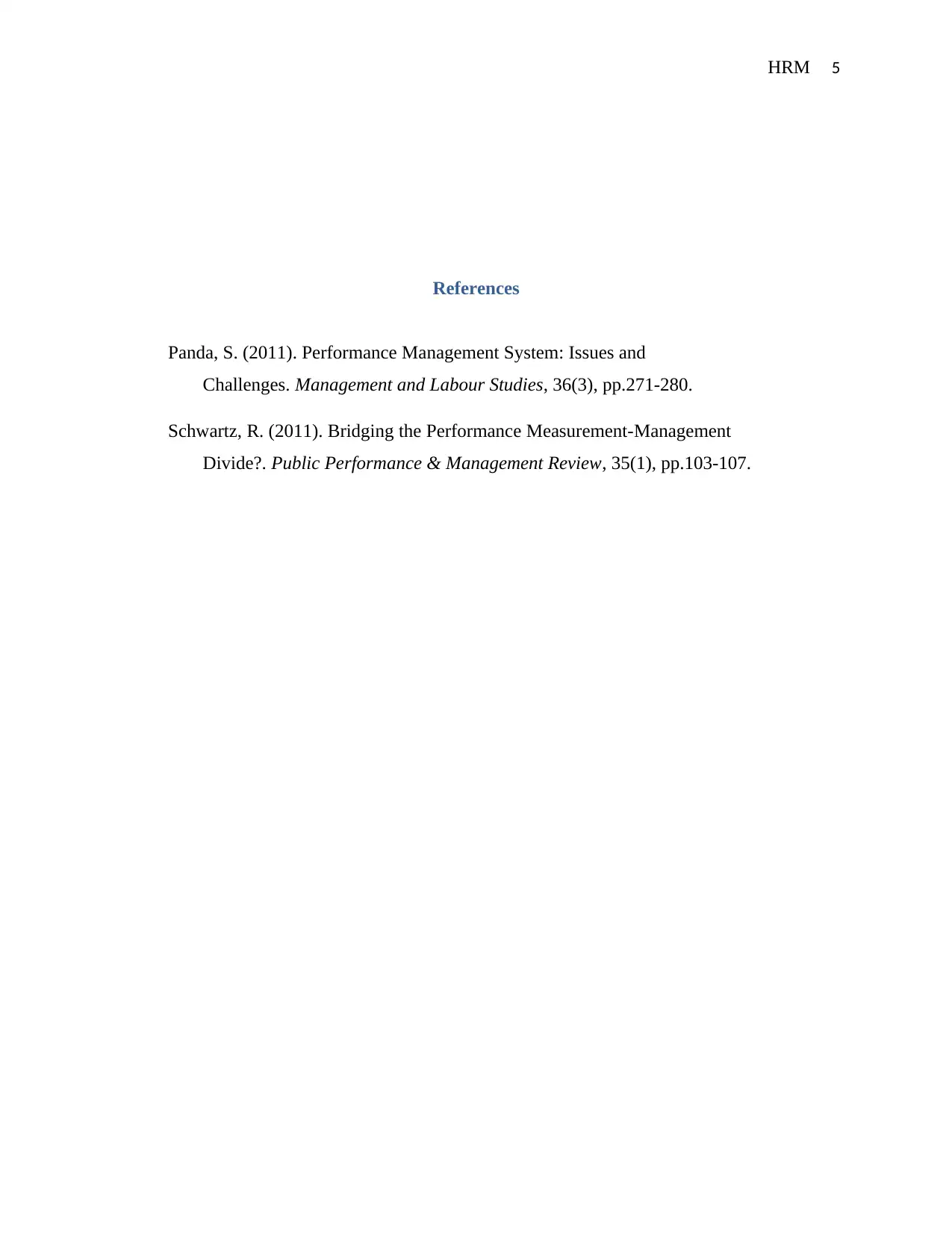






![[object Object]](/_next/static/media/star-bottom.7253800d.svg)